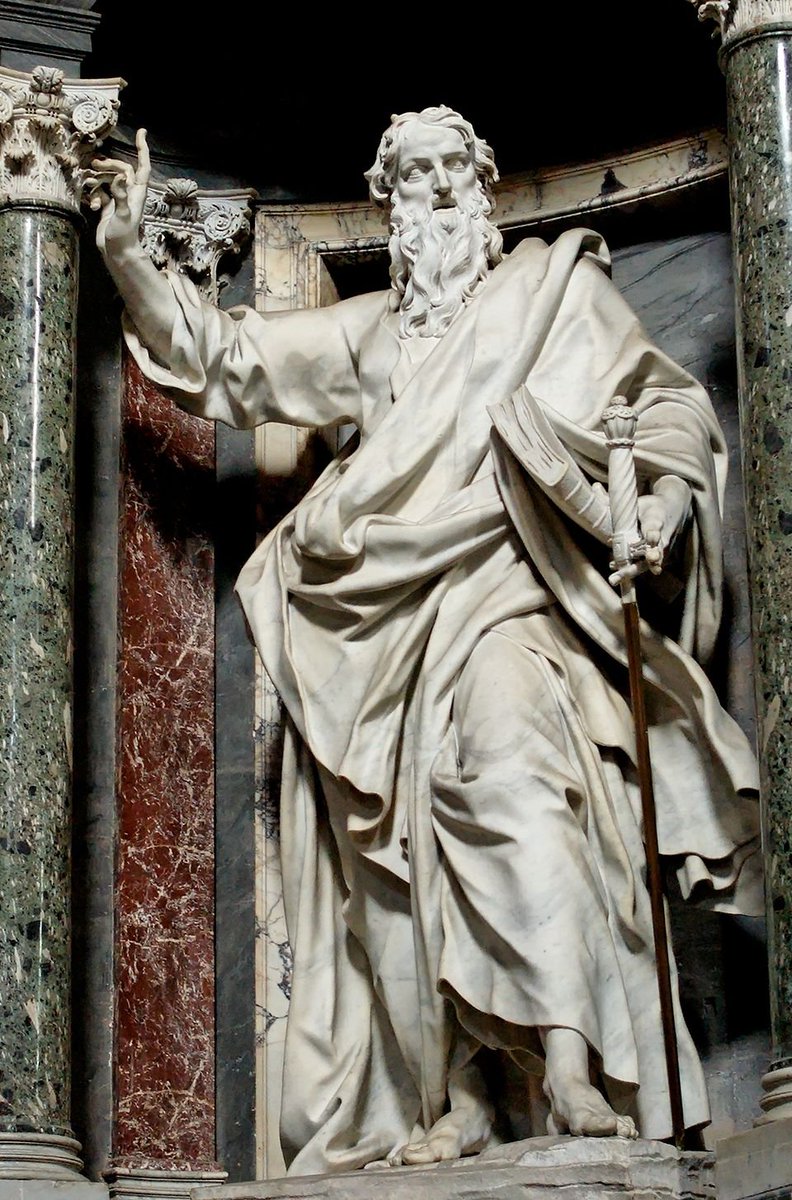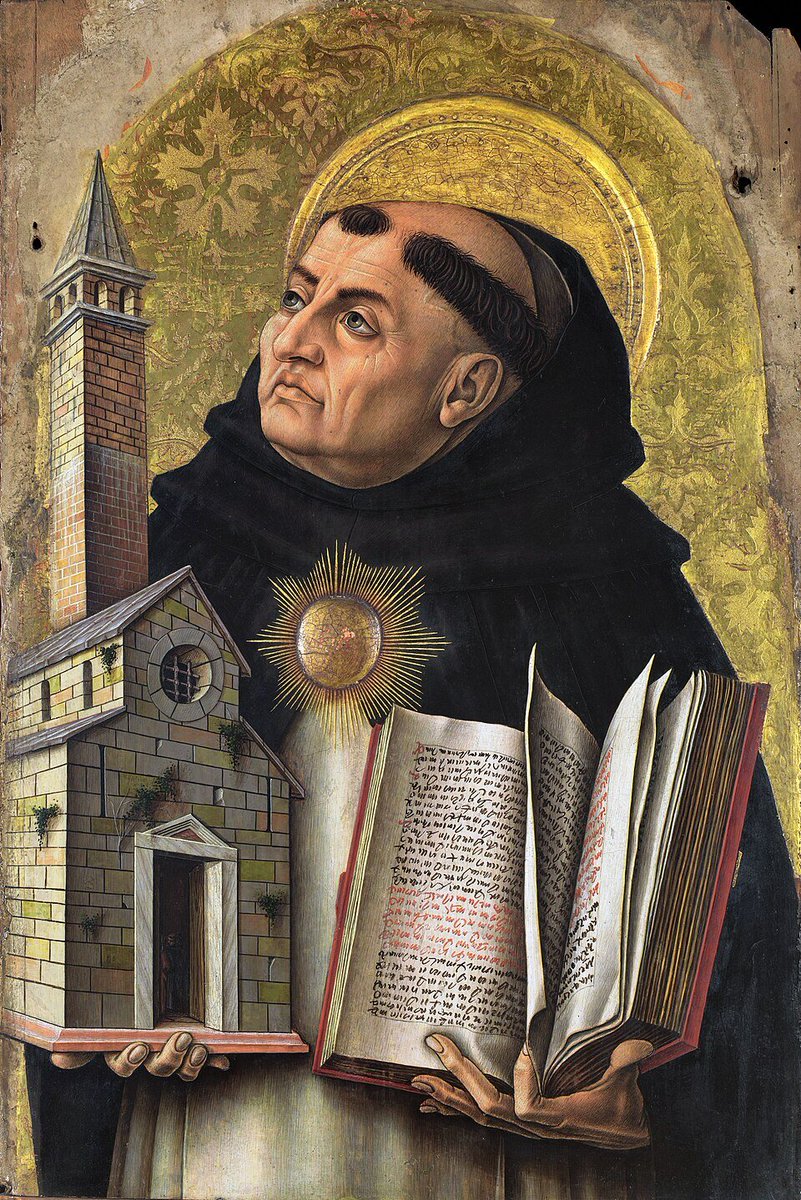Art or Reality?
Let us explore Earth's most extraordinary secrets of nature's marvels, where the surreal landscapes defy not only the imagination but science itself! 🧵⤵️
Let us explore Earth's most extraordinary secrets of nature's marvels, where the surreal landscapes defy not only the imagination but science itself! 🧵⤵️

Thor's Well in USA
Often referred to as the "drainpipe of the Pacific," Thor's Well is a seemingly bottomless sinkhole that swallows the seawater around it. The sheer force with which the water is drawn in and expelled creates a dramatic spectacle, especially during high tide or stormy conditions. This natural wonder is actually a sea cave that has collapsed, with its roof now gone, allowing water to fill it from the bottom.
Often referred to as the "drainpipe of the Pacific," Thor's Well is a seemingly bottomless sinkhole that swallows the seawater around it. The sheer force with which the water is drawn in and expelled creates a dramatic spectacle, especially during high tide or stormy conditions. This natural wonder is actually a sea cave that has collapsed, with its roof now gone, allowing water to fill it from the bottom.

Danakil Depression in Ethiopia
Known for being one of the hottest places on Earth with temperatures that often soar above 120 degrees Fahrenheit (49 degrees Celsius), the Danakil Depression is also one of the lowest points on the planet, dipping more than 100 meters below sea level. This desolate landscape is dotted with acid pools, lava lakes, and mineral deposits in neon colors, a result of volcanic activity and salt mining.
Known for being one of the hottest places on Earth with temperatures that often soar above 120 degrees Fahrenheit (49 degrees Celsius), the Danakil Depression is also one of the lowest points on the planet, dipping more than 100 meters below sea level. This desolate landscape is dotted with acid pools, lava lakes, and mineral deposits in neon colors, a result of volcanic activity and salt mining.

Vinicunca in Peru
Also called the Rainbow Mountain, Vinicunca is famous for its multi-colored strata, which are the result of various mineral deposits that have been exposed by erosion. The stunning hues of red, yellow, purple, and green make it seem as if the mountain was painted. This visual phenomenon becomes particularly vibrant after a rainfall.
Also called the Rainbow Mountain, Vinicunca is famous for its multi-colored strata, which are the result of various mineral deposits that have been exposed by erosion. The stunning hues of red, yellow, purple, and green make it seem as if the mountain was painted. This visual phenomenon becomes particularly vibrant after a rainfall.

Zhangye Danxia in China
These are the Rainbow Mountains of China, known for their otherworldly colors that mimic a marbled painting. Layers of different colored sandstone and minerals pressed together over 24 million years and then buckled up by tectonic plates have created this natural masterpiece.
These are the Rainbow Mountains of China, known for their otherworldly colors that mimic a marbled painting. Layers of different colored sandstone and minerals pressed together over 24 million years and then buckled up by tectonic plates have created this natural masterpiece.

Lake Hillier in Australia
This pink-colored lake on Middle Island is one of the most striking natural phenomena. The distinctive color of the lake is due to the presence of the organism Dunaliella salina, which produces a pink pigment as part of its photosynthesis process, and possibly in combination with the presence of halophilic bacteria in the salt crusts.
This pink-colored lake on Middle Island is one of the most striking natural phenomena. The distinctive color of the lake is due to the presence of the organism Dunaliella salina, which produces a pink pigment as part of its photosynthesis process, and possibly in combination with the presence of halophilic bacteria in the salt crusts.

Pamukkale in Turkey
Known as "Cotton Castle" in Turkish, Pamukkale's terraces are made of travertine, a sedimentary rock deposited by mineral water from the hot springs. The cascading white pools with warm waters are not just a visual delight but also a popular spot for therapeutic bathing.
Known as "Cotton Castle" in Turkish, Pamukkale's terraces are made of travertine, a sedimentary rock deposited by mineral water from the hot springs. The cascading white pools with warm waters are not just a visual delight but also a popular spot for therapeutic bathing.

Darvaze Gas Crater in Turkmenistan
Nicknamed the "Door to Hell," this burning natural gas field collapsed into a large cavern, which geologists set on fire to prevent the spread of methane gas, and it has been burning continuously since 1971. The fiery pit is a surreal sight, especially at night.
Nicknamed the "Door to Hell," this burning natural gas field collapsed into a large cavern, which geologists set on fire to prevent the spread of methane gas, and it has been burning continuously since 1971. The fiery pit is a surreal sight, especially at night.

Rainbow River in Colombia
The Caño Cristales, often called the "Liquid Rainbow," gets its multicolored appearance from the unique plant species that line its floor. Different colors, including red, yellow, green, and blue, are visible at different times of the year, thanks to the reproductive process of the plants.
The Caño Cristales, often called the "Liquid Rainbow," gets its multicolored appearance from the unique plant species that line its floor. Different colors, including red, yellow, green, and blue, are visible at different times of the year, thanks to the reproductive process of the plants.

Chocolate Hills in Philippines
Over 1,200 uniformly cone-shaped hills dot the landscape of Bohol. During the dry season, the grass-covered hills dry up and turn chocolate brown, giving them their name. Their formation is still a subject of debate, with theories including oceanic volcano eruptions, uplift of coral deposits, and a combination of erosion and weathering.
Over 1,200 uniformly cone-shaped hills dot the landscape of Bohol. During the dry season, the grass-covered hills dry up and turn chocolate brown, giving them their name. Their formation is still a subject of debate, with theories including oceanic volcano eruptions, uplift of coral deposits, and a combination of erosion and weathering.

Sand Pyramids in Bosnia and Herzegovina
Formed through the natural phenomena of erosion, the Sand Pyramids are spire-shaped formations that resemble a landscape straight out of a science fiction novel. They are created as the softer material around the pyramids is washed away by rain, leaving only the harder stone spires.
Formed through the natural phenomena of erosion, the Sand Pyramids are spire-shaped formations that resemble a landscape straight out of a science fiction novel. They are created as the softer material around the pyramids is washed away by rain, leaving only the harder stone spires.

Red Beach in China
Located in Panjin, this beach is covered with a type of seaweed called Suaeda salsa, which turns bright red in autumn. It's a vibrant and unusual sight, differing from the typical sandy beach, and also serves as a nature reserve for hundreds of species of birds and other wildlife.
Located in Panjin, this beach is covered with a type of seaweed called Suaeda salsa, which turns bright red in autumn. It's a vibrant and unusual sight, differing from the typical sandy beach, and also serves as a nature reserve for hundreds of species of birds and other wildlife.

Uyuni Salt Flat in Bolivia
The world’s largest salt flat, it was formed as a result of transformations between several prehistoric lakes. It's covered by a few meters of salt crust, which is exceptionally flat. The flatness and the bright white of the salt make it a surreal landscape, and when covered with a thin layer of water, it becomes the largest natural mirror on Earth.
The world’s largest salt flat, it was formed as a result of transformations between several prehistoric lakes. It's covered by a few meters of salt crust, which is exceptionally flat. The flatness and the bright white of the salt make it a surreal landscape, and when covered with a thin layer of water, it becomes the largest natural mirror on Earth.

• • •
Missing some Tweet in this thread? You can try to
force a refresh























